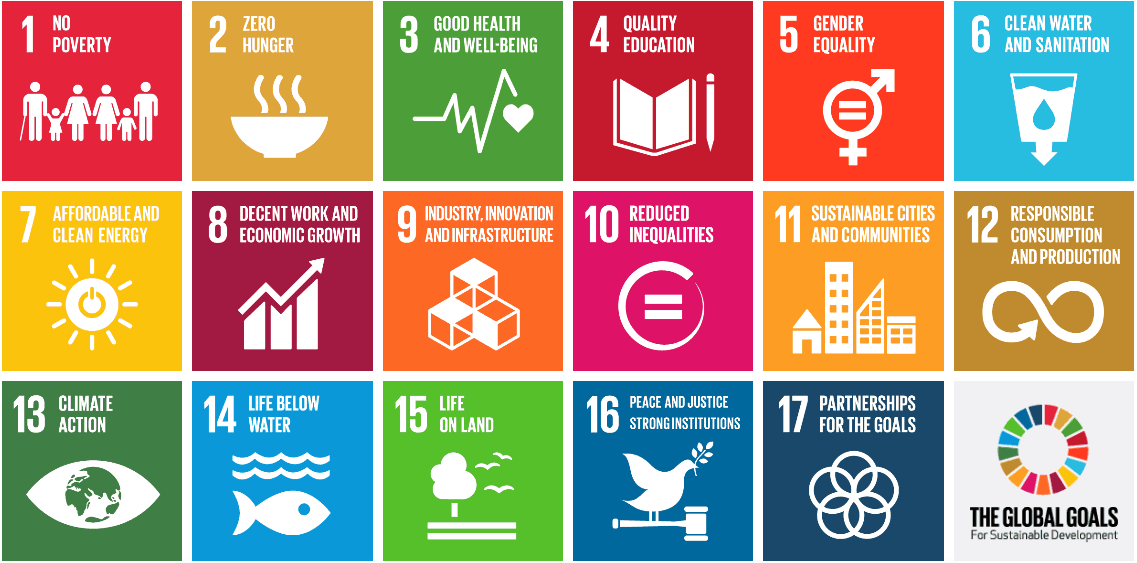
If you are teaching a Careers course, you probably will be having your students make a resume. Read Write Think has their own Resume Generator. To see their generator click here. They also have many lessons that can be found by clicking here.

I am a former teacher/librarian at KCI and I will post items that deal with educational apps or items that teachers or students might use in the classroom. This blog may contain affiliate links that earn me a commission at no extra cost to you. If you would like to follow me click on the blue button below please.























